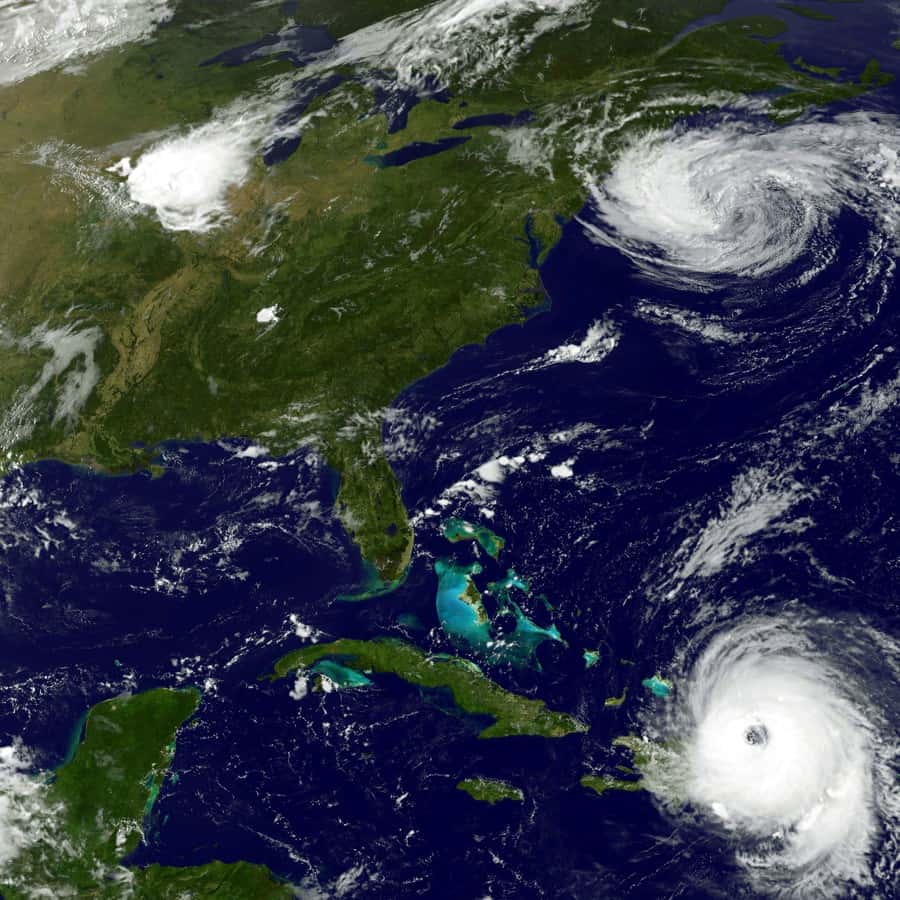
Here in the North Carolina Piedmont, we did not suffer serious damage from Helene. But our friends and neighbors in the western part of the state are reeling. Thanks to North Carolina Health News for allowing us to republish their reporting.
In the wake of deadly Helene, western NC thirsts for water
By Anne Blythe and Will Atwater
The powerful remnants of Hurricane Helene that deluged western North Carolina with fierce winds and raging stormwaters left a wide swath of the state in desperate need of potable water.
As of early Sunday afternoon, 145 water systems were either without power, suffering infrastructure damage or under boil-water alerts, depriving individuals, businesses and health care systems of a fundamental resource.
State emergency officials and the National Guard have started flying and trucking water and food to a region that’s largely been isolated since major roads buckled under the weight of a storm that left at least 30 people dead in Buncombe County.
“There is significant damage to water systems throughout western North Carolina,” Gov. Roy Cooper told NC Health News during a storm update Sunday. “There is a massive effort going on now to move water and other supplies into these affected areas because we know that they’re going to be needed.”
The “unprecedented storm,” Cooper said, dropped from 10 to 29 inches of rain across the mountains, causing life-threatening floods and landslides.
“Even as the rains and winds have subsided, the challenge for people there increases,” Cooper said. “People are desperate for help, and we are pushing to get it to them. A massive effort.”
Isolated by the storm
The more than 1 million power outages reported in the aftermath of the storm had been cut in half by midday Sunday, but phone and internet service remained spotty.
“Many people are cut off because roads are impassable,” Cooper said. “They don’t have power or communications.”
On Saturday, Xavier Becerra, secretary of the U.S. Department of Health and Human Services, declared a public health emergency to help North Carolina in the aftermath of the storm.
President Joe Biden declared that a federal disaster exists for 25 counties and the Eastern Band of Cherokee Indians.
The declarations open an avenue to federal assistance and funding to help with recovery and rebuilding efforts that can continue long after the immediate impact of extreme weather events.
Some communities in eastern North Carolina have yet to fully recover from the lasting effects of Hurricanes Matthew and Florence, which caused widespread flooding damage in October 2016 and September 2018, respectively.

In Buncombe County, one of the areas under a federal disaster declaration for Helene, one inoperable water system was in Asheville, a city of 95,000 people that draws lots of tourists, especially during the fall to see the multi-colored autumn foliage.
In Swannanoa, another Buncombe County community, floodwaters swept away whole neighborhoods, Anthony Penland, chief of the fire department there, told reporters during a briefing Sunday morning.
“So we’re just trying to go where these neighborhoods were and do some search and rescue through part of the houses that are still there. Or if they did move to another place, we’re just trying to go into them and do the search and rescue,” Penland said.
A major question that Buncombe County officials were unable to answer directly, though, was where people could get food and water. They were still setting up sites that could be accessible and safe.
Assessing water system damage
Of the 93 water systems under boil-water advisories on Sunday, 33 were awaiting lab tests, according to Will Ray, director of state Emergency Management.
“We know that a combination of power, loss of power, is one contributing factor, but we also know that there’s significant infrastructure damage from the amount of water. … A number of these communities … are going to have significant rebuild impacts for these water systems to come on line,” Ray told NC Health News at the Sunday briefing with the governor.
State emergency officials are working with federal partners to get an evaluation of the systems from an engineering standpoint to determine whether the repairs will be “simple” fixes or require an “extensive overhaul” of a jurisdiction’s water system.
“Because those are significant lifts and challenges,” Ray added, state emergency management is developing a system through which food, water and other commodities can be trucked or flown to areas in need for an extended period.
“There are still people in desperate need of water and food,” Ray said. “This is a significant impact and one we are preparing to respond to for some time.”
Todd Hunt, adjunct general of the North Carolina National Guard, told reporters during the Sunday briefing that 34,000 pounds of commodities — food, medicine, water — had been trucked and flown into western North Carolina. That total includes 13 pallets of water, totaling 3,500 gallons, according to an Emergency Management spokesperson.
Keeping an eye on hospitals
More than 500 National Guard members are working in a variety of roles to aid in storm recovery. Some are helping with search and rescue missions; others are tending to administrative needs. They’re getting trucks and aircrafts loaded and en route for people hungering for assistance.
“We’ve had no power, no cell, no internet,” state Sen. Kevin Corbin (R-Franklin) told NC Health News by text. Corbin said power to his home was restored on Sunday, and he was able to connect to the town of Franklin’s Wi-Fi that afternoon.
Hurricane Helene resources can be found at the state Department of Public Safety website: https://www.ncdps.gov/our-organization/emergency-management/hurricane-helene. You can also call 1-800-621-3362 to learn about Individual Assistance
“Things are bad all over western North Carolina from what we can tell,” Corbin said in his text to NC Health News. “Thousands are out of power [with] virtually no ability to communicate. Stores are open, but everywhere is CASH ONLY. The main need is communication so people can talk and respond to those in need.”
Kody Kinsley, secretary of the state Department of Health and Human Services, told NC Health News at the governor’s Sunday briefing that his team had been in communication with health care facilities in western North Carolina over the past several days.
“Right now, all of our hospitals remain operating, albeit many of them on backup generator power and temporary water supply,” Kinsley said.
Moving forward, Kinsley said his department would work with Emergency Management and others to ensure that the hospitals have the supplies they need to sustain their health care.
A 20-bed state medical support center was opening in Caldwell County on Sunday, and the governor said more would be set up.
What’s in the water?
Phil Berger, the Eden Republican who leads the state Senate, issued a statement Sunday calling the images and reports from the devastated region “heartbreaking and devastating.”
“I’ve been in contact with the senators in the area and other state and local officials as they continue to assess the damage and impact of Hurricane Helene,” Berger said. “It will take time to know the full catastrophic nature of this storm, but the General Assembly stands ready to take the necessary steps to help our neighbors in Western North Carolina.”
As lawmakers and others assess the sweeping damage, many local officials are only beginning to find out the extent of what they’re dealing with. The floodwaters remain high, and wastewater, storm debris and runoff can be dangerous for people who come into contact with it.
There’s a sheen and smell of gas in the French Broad River, Riverkeeper Hartwell Carson told NC Health News in a phone interview Sunday.
“It’s full of more trash than you’ve ever seen,” Carson said. “It’s full of sewage, gasoline [and] propane tanks.”
“It’s kind of got the full toxic stew of bad stuff you don’t want in a river,” he added.
A major concern, Hartwell said, is the environmental impact of the pollutants.
“The river is so high right now everybody is scared to get near it,” Carson said. “Everybody knows it’s very polluted, so it’s not the time to enjoy the river, which is certainly not safe, even if it were clean.”
This article first appeared on North Carolina Health News and is republished here under a Creative Commons license.![]()


















